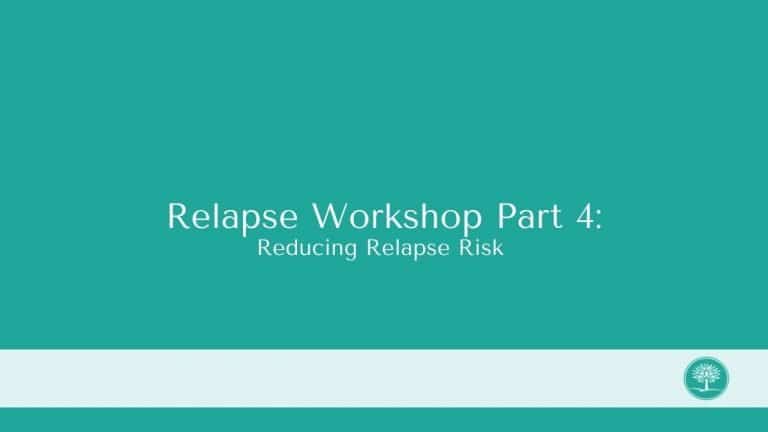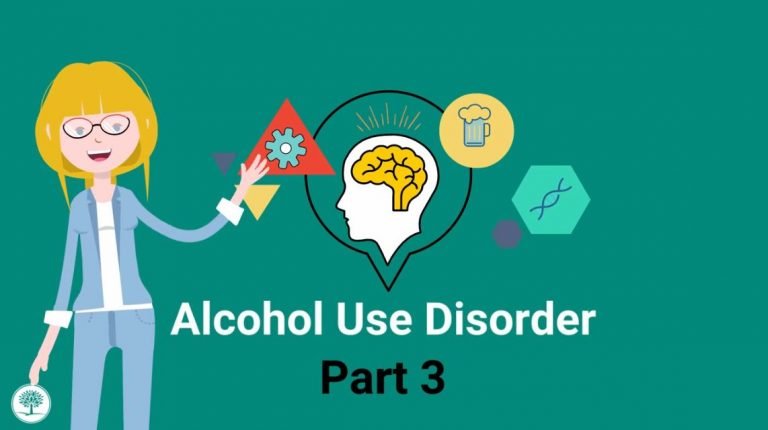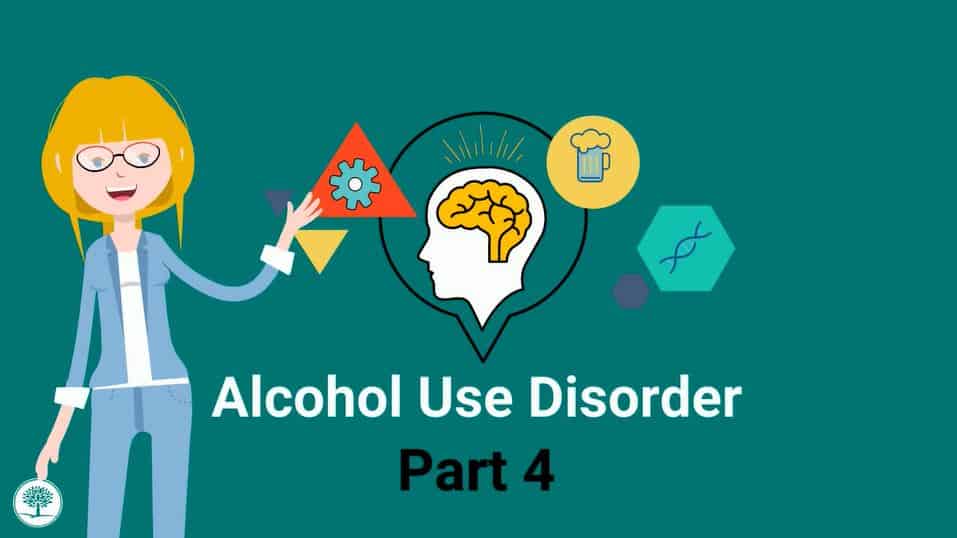Estimated watch time: 5 mins 56 secs
Summary:
With cognitive behavioral therapy (CBT), you can start to learn strategies to stop avoiding anxiety triggers. This guide walks you through the importance of taking small steps to work past avoidance. As you’re doing so, you should become mindful of how your progress makes you feel.
Video Materials:
Other Videos in Series:
u003colu003ern tu003cliu003eu003ca href=u0022https://www.therecoveryvillage.com/resources/videos/cbt-anxiety/u0022u003eUsing Cognitive Behavior Therapy (CBT) to Reduce Anxietyu003c/au003eu003c/liu003ern tu003cliu003eu003ca href=u0022https://www.therecoveryvillage.com/resources/videos/reducing-avoidance-symptoms-cbt/u0022u003eReducing Avoidance with Cognitive Behavior Therapyu003c/au003eu003c/liu003ern tu003cliu003eu003ca href=u0022https://www.therecoveryvillage.com/resources/videos/cbt-to-reduce-worry/u0022u003eUsing Cognitive Behavior Therapy (CBT) to Reduce Worryu003c/au003eu003c/liu003ernu003c/olu003e
Related Content:
u003ch5u003eu003cstrongu003eExercises:u003c/strongu003eu003c/h5u003ernThere will be exercises associated with each lesson that you will be able to u003ca href=u0022https://www.therecoveryvillage.com/wp-content/uploads/2021/01/CBT-for-Anxiety-Worksheets-compressed.pdfu0022u003edownload hereu003c/au003e or u003ca href=u0022https://recovery.force.com/app/s/login/?ec=302u0026amp;startURL=%2Fapp%2Fs%2Fu0022 target=u0022_blanku0022 rel=u0022noopener external nofollowu0022u003eaccess through our portal.u003c/au003ernu003ch5u003eu003cstrongu003eMedically-reviewed articles:u003c/strongu003eu003c/h5u003ernu003culu003ern tu003cliu003eu003ca href=u0022https://www.therecoveryvillage.com/mental-health/anxiety/#Types_of_Anxiety_Disordersu0022u003eTypes of Anxiety Disordersu003c/au003eu003c/liu003ern tu003cliu003eu003ca href=u0022https://www.therecoveryvillage.com/mental-health/anxiety/is-anxiety-genetic/u0022u003eIs Anxiety Genetic?u003c/au003eu003c/liu003ern tu003cliu003eu003ca href=u0022https://www.therecoveryvillage.com/mental-health/anxiety/substance-abuse/u0022u003eIs Anxiety Linked to Addiction?u003c/au003eu003c/liu003ernu003c/ulu003ernu003ch5u003eProfessional Webinars:u003c/h5u003ernu003culu003ern tu003cliu003eu003ca href=u0022https://www.therecoveryvillage.com/professionals/webinars/critical-events-stress-management/u0022u003eCritical Events and Stress Managementu003c/au003eu003c/liu003ernu003c/ulu003ernu003ch5u003eu003cstrongu003eOther Clinical Videos:u003c/strongu003eu003c/h5u003ernu003colu003ern tu003cliu003eu003ca href=u0022https://www.therecoveryvillage.com/resources/videos/what-is-anxiety/u0022u003eWhat is Anxiety?u003c/au003eu003c/liu003ern tu003cliu003eu003ca href=u0022https://www.therecoveryvillage.com/resources/videos/what-causes-anxiety/u0022u003eWhat Causes Anxiety?u003c/au003eu003c/liu003ern tu003cliu003eu003ca href=u0022https://www.therecoveryvillage.com/resources/videos/anxiety-triggers/u0022u003eWhat are Anxiety Triggers?u003c/au003eu003c/liu003ern tu003cliu003eu003ca href=u0022https://www.therecoveryvillage.com/resources/videos/how-to-identify-anxiety-triggers/u0022u003eHow to Identify Anxiety Triggers?u003c/au003eu003c/liu003ern tu003cliu003eu003ca href=u0022https://www.therecoveryvillage.com/resources/videos/how-to-cope-with-anxiety/u0022u003eHow to Cope with Anxiety?u003c/au003eu003c/liu003ern tu003cliu003eu003ca href=u0022https://www.therecoveryvillage.com/resources/videos/how-to-get-help-anxiety/u0022u003eHow to Get Help for Anxiety?u003c/au003eu003c/liu003ernu003c/olu003e
Transcript:
u003ch3u003eReducing Avoidance with Cognitive Behavior Therapy (CBT) for Anxietyu003c/h3u003ernu003ciu003eIn this lesson we will discuss reducing avoidance with cognitive behavioral therapy.u003c/iu003ernrnu003cbu003eCBT offers strategies to help you stop avoiding things that provoke your anxiety.u003c/bu003ernrnOne of the things we often do when we’re anxious is avoid. You think about going somewhere or doing something, it triggers anxiety, and you don’t do it. Or you put it on indefinite hold.rnrnSometimes they’re things that ought to be done. Like visiting grandma. Or things that are in your best interest to do, like making plans with friends.rnrnu003cbu003eStart by noticing how your anxiety results in avoidanceu003c/bu003e.rnrnAre there calls you need to make? Projects you need to start? The gym you want to get to? Take a moment to identify something you are avoiding.rnrnu003cbu003eIs your avoidance in keeping with your values and goals?u003c/bu003ernrnTake a moment to identify your values and goals. Values include things like honesty, autonomy and service. Goals are ways of behaving in the service of those values. If you value honesty, your goal is to be truthful. If you value autonomy, your goal is to have a job and place to live independently. If you value service, your goal is to volunteer your time.rnrnPerhaps you’re avoiding a project at work. You must do the project to keep your job. Is avoiding it, risking losing your job, in keeping with your values? If you value being independent, and your goal is paying your bills, then avoiding the project does not serve you well.rnrnAvoidance is often in opposition to our values and goals.rnrnu003cbu003eAvoiding maintains your anxiety.u003c/bu003ernrnAvoiding does not lower anxiety except for a brief time when you decide to avoid.rnrnWhen you avoid making the call or starting the project, your anxiety decreases. So you keep avoiding.rnrnThe next time you consider doing the thing, your anxiety remains the same, or perhaps it’s a little higher. It’s become a vicious cycle.rnrnu003cbu003eWhy are you avoiding?u003c/bu003ernrnIs it that you haven’t had time to make the calls, start the project or get to the gym?rnrnSometimes our cognitive distortions trigger anxiety. You might think you’re not good enough to produce a good project which raises your anxiety (watch the video about “Using CBT to Reduce Anxiety”).rnrnSometimes we don’t know exactly why we’re anxious.rnrnThe “why” doesn’t matter as much as you think. Sometimes it’s more effective to figure out how to stop avoiding and start doing.rnrnu003cbu003eBegin by identifying small steps you can take to reduce avoidance.u003c/bu003ernrnIt’s the u003cbu003eeffortu003c/bu003e that’s important. Make the effort to take a small step. The u003cbu003eoutcomeu003c/bu003e, or how much you accomplish, is less important. Your goal is to get moving and stop avoiding.rnrnu003cstrongu003eThese are examples of small steps:u003c/strongu003ernrnFor a work project, start by carving out some time daily to get your project going. Use that time for project-related activity. Don’t worry about exactly how much gets done, just work for the time you’ve set aside.rnrnSchedule time to make one call a day. Make the call whether you feel like it or not. Go to the gym and look at the equipment and classes. Decide what you’ll do the next time you go. Identify a co-worker or friend to serve as your accountability buddy.rnrnu003cbu003eContinue by taking slightly larger steps.u003c/bu003ernrnSpend a little more time daily on your project, make several calls a day, work out two or three times a week, keep checking in with your accountability buddy.rnrnu003cbu003eIdentify your coping strategies.u003c/bu003e When you stop avoiding, your anxiety will initially increase. Have some things in mind that you can use to reduce anxiety.rnrnu003cstrongu003eThings that lower anxiety include:u003c/strongu003ernu003culu003ern tu003cli aria-level=u00221u0022u003eRelaxation, breathing strategies, meditation, prayeru003c/liu003ern tu003cli aria-level=u00221u0022u003eUsing positive self-talk (“you can do this!”) to cheer yourself onu003c/liu003ern tu003cli aria-level=u00221u0022u003ePublicly saying you’re going to do the thing. Knowing people expect you to do something is motivatingu003c/liu003ern tu003cli aria-level=u00221u0022u003eAsking people for supportu003c/liu003ern tu003cli aria-level=u00221u0022u003eAccepting that a little anxiety does not have to stop you. Once you get moving your anxiety will decrease.u003c/liu003ernu003c/ulu003ernu003cbu003eNotice how doing, instead of avoiding, helps you meet important goals that are consistent with your valuesu003c/bu003e. Feeling good about what you’re doing will lower your anxiety.rnrnu003cbu003eNotice how taking small steps, over time, lowers your anxiety. u003c/bu003eYou realize you’ve been going to the gym for a week and have not been anxious.rnrnu003cbu003eRemember that if your anxiety increases, it will decrease as you keep doing what you’re doing.u003c/bu003eSometimes after having a break from a project or the gym, you may experience an uptick in your anxiety. Remind yourself that what goes up, must come down.rnrnThank you for choosing The Recovery Village. If you or a loved one are struggling with mental health or substance abuse and would like to find out more about the programs we offer, please reach out to us directly at u003ca href=u0022tel:855-387-3291u0022u003e855-387-3291u003c/au003e.
Other Addiction & Mental Health Resources
The Recovery Village has several, free resources for those living with addiction or mental health conditions and their loved ones. From videos, to clinically-hosted webinars and recovery meetings, to helpful, medically-reviewed articles, there is something for everyone. If you need more direct help, please reach out to one of our representatives.









